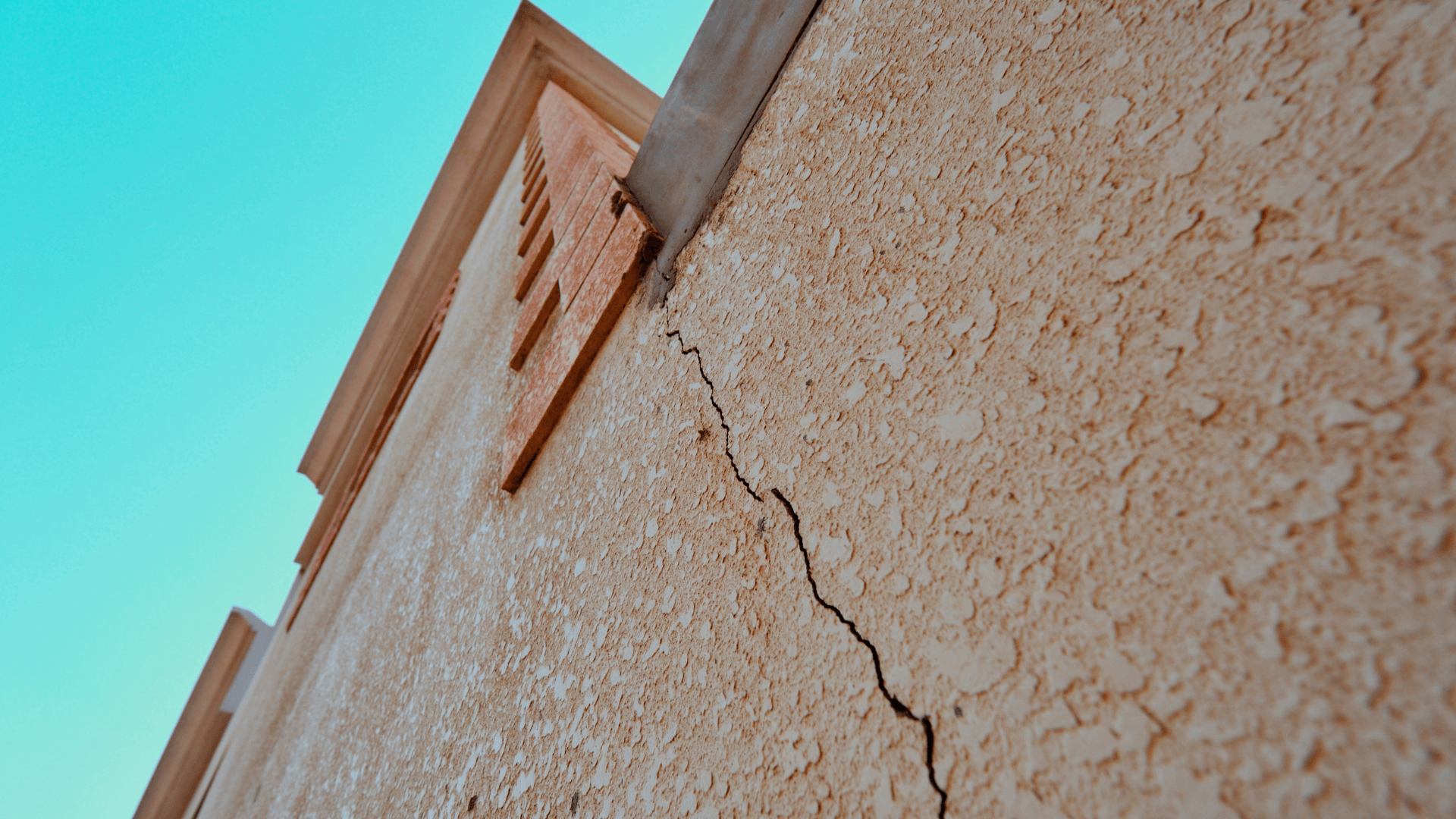It’s not unusual to notice a crack or two in the walls of your home, especially here in WA where our dry climate and reactive soils can make movement more common. While many cracks are purely cosmetic, others can be a sign of deeper structural issues.
Knowing the difference is key. And if you’re ever unsure, a professional Defect Inspection can give you clarity, and peace of mind.
Types of Cracks We Commonly See
Not all cracks are the same, some are surface-level imperfections, while others might indicate movement or stress. Below are some common types that our inspectors come across whilst onsite:
- Hairline or Cosmetic Cracks | Often found in plaster or paint, these small cracks are usually caused by natural settlement or shrinkage and are generally not a concern.
- Vertical, Diagonal, or Horizontal Cracks | These patterns can be more telling. The direction, location, and size often help determine whether a crack is superficial or a red flag.
- Cracks Around Windows, Doors, or Ceilings | Cracks forming in these areas may suggest movement in the structure or uneven settling.
- External Wall Cracks | Cracks on the outside of a home may expose underlying issues that require further investigation. This is where a Defect Inspection comes in.
When a Crack Might Be a Red Flag
While some cracks are harmless, some may warrant a closer look, such as:
- Cracks wider than 5mm
- Diagonal cracks at doors and windows
- Reappearing cracks after previous repairs
- Cracks that appear suddenly or grow quickly
- Visible separation or displacement
- External cracks in brickwork or foundations
These may be early signs of structural stress, subsidence, or foundation issues.
What’s Causing the Cracking?
There are a number of factors that contribute to wall cracks. Some of the most common include:
- Natural Settlement | Newer homes often experience slight settling as materials adjust and foundations stabilise.
- Expansive Clay Soils | Western Australia is known for reactive soils that expand and contract depending on moisture levels, causing movement over time.
- Tree Roots or Poor Drainage | Nearby vegetation or water pooling around the foundation can cause soil instability.
- Poor Construction or Ageing Materials | In some cases, cracking may be related to the original build quality or degradation of materials over time.
- External Vibrations | Heavy traffic, nearby construction, or even mining activity can contribute to structural movement.
Why a Defect Inspection is the Smart Next Step
If you’ve noticed cracking and aren’t quite sure what you’re looking at, a professional Defect Inspection is a smart next step. At Home Integrity, we provide an independent, expert assessment to help you understand what’s really going on. You’ll receive a clear, detailed report, complete with photos and practical recommendations. And if further assessment by a structural engineer is needed, we’ll let you know.
A small crack might be nothing to worry about, or it could be the first sign of a larger issue. Either way, it’s good to know so you can make the right decision. If something doesn’t look or feel right, don’t guess. Book a Defect Inspection with the trusted team at Home Integrity and get the answers you need.


